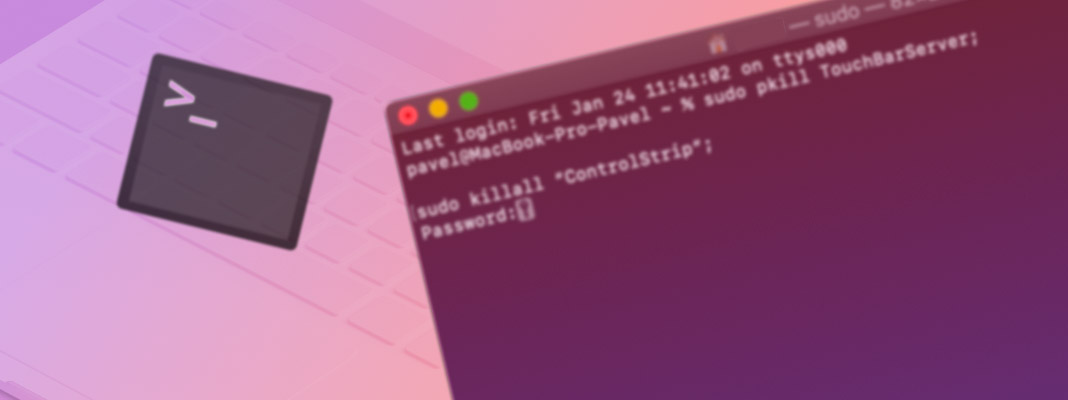


- #Mac terminal commands for opening text file manual
- #Mac terminal commands for opening text file password
- #Mac terminal commands for opening text file series
ln Creates hard links the –s option is used to create symbolic links.find Finds files on the filesystem based on certain criteria.which Searches the PATH variable for files.locate Finds files using a predefined database.info Displays/searches the info page database.
#Mac terminal commands for opening text file manual
apropos Searches the manual page database by keyword.man Displays/searches the manual page database.Although most options to these commands are identical between Linux and macOS, be sure to view the manual page for commands that you will use in the future. Bookmark this page so you can refer back to it often. Common macOS Commandsīelow are some common macOS commands, organized by general function.
#Mac terminal commands for opening text file password
Once you open this app, simply select Change Root Password from the Edit menu. NOTE: If you wish to perform system administration as the root user, you must first enable the root user using the Directory Utility app (in /System/Library/CoreServices/Applications). BASH control structures and functions may be used to create BASH shell scripts.Wildcard metacharacters may be used with commands, and regular expressions may be used within text utilities.Ctrl+C cancels a command by sending a SIGINT kill signal to the foreground process.The ~ metacharacter represents the user’s home directories.Single quotes protect all special shell characters, double quotes protect most shell characters (variables are one exception), backquotes perform command substitution ( echo The date is `date`) and backslash protects the next character ( echo You owe \$4.50).The Standard Output and Standard Error of a command may be redirected to a file ( ls –l /Users > usersfile 2> errorfile).The Standard Output of one command may be sent to the Standard Input of another command using a pipe ( | ) symbol ( ps aux | less).Commands may be chained using semicolons ( date who).The help command displays BASH function help ( help echo). The manual pages ( man who) and the info pages ( info who) list most command documentation.Regular options ( -h) and POSIX options ( -help) are listed for most commands.It’s also important to note that the same syntax rules that you used on Linux apply to BASH on macOS: Instead, you can use the Terminal app ( /Applications/Utilities/Terminal) to obtain a command line terminal and BASH shell.Īlternatively, you can type >console as the username at the macOS login prompt (no password needed) to obtain a login prompt that allows you to log directly into a command line terminal and obtain a BASH shell.Īfter you obtain a BASH shell, you can run many of the same commands you’ve become accustomed to on Linux. But unlike Linux, macOS does not support virtual terminals by default. Applying Your Linux+ Skills to macOS: Devices and System InitializationĪs you now know from my introductory article, macOS is a flavor of UNIX, similar to Linux.Applying Your Linux Skills to macOS: Understanding Apps.Applying Your Linux Skills to macOS: An Introduction.Check out the other articles in the series:
#Mac terminal commands for opening text file series
This article is part two in a series about using Linux skills when working in a mac operating system.


 0 kommentar(er)
0 kommentar(er)
